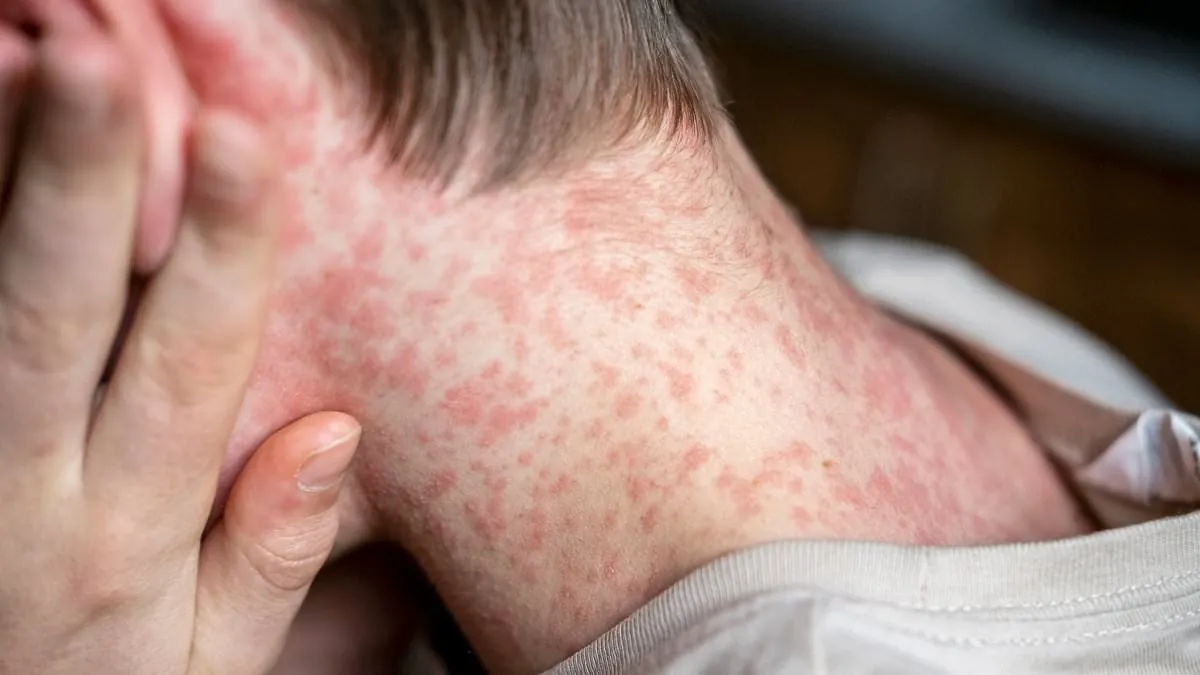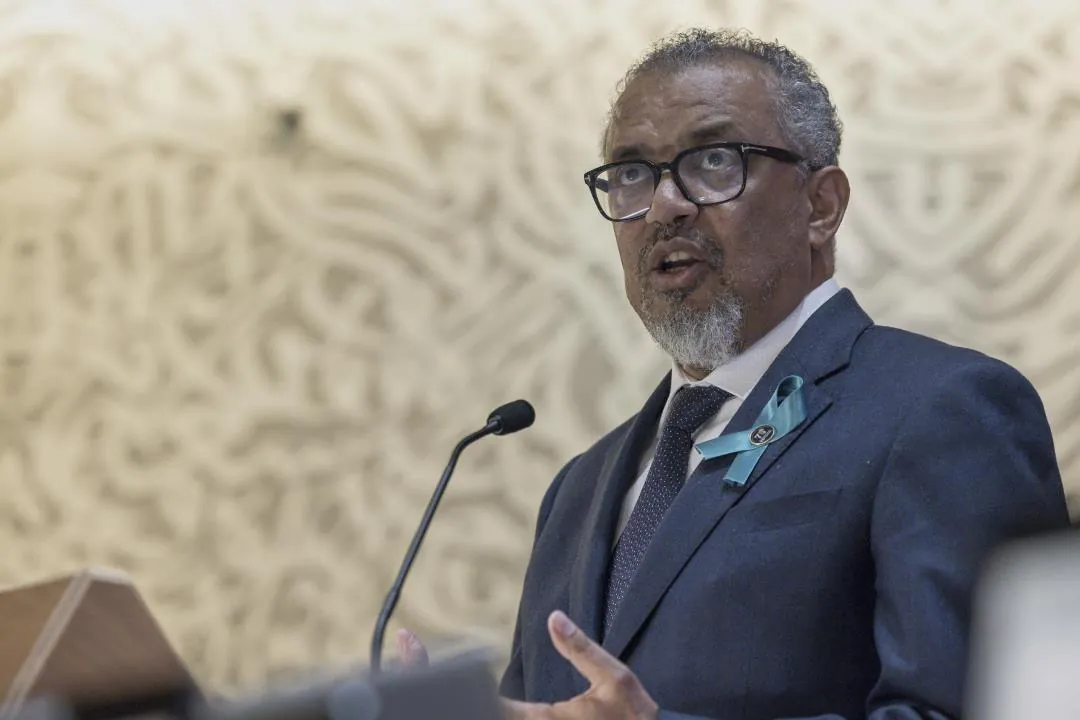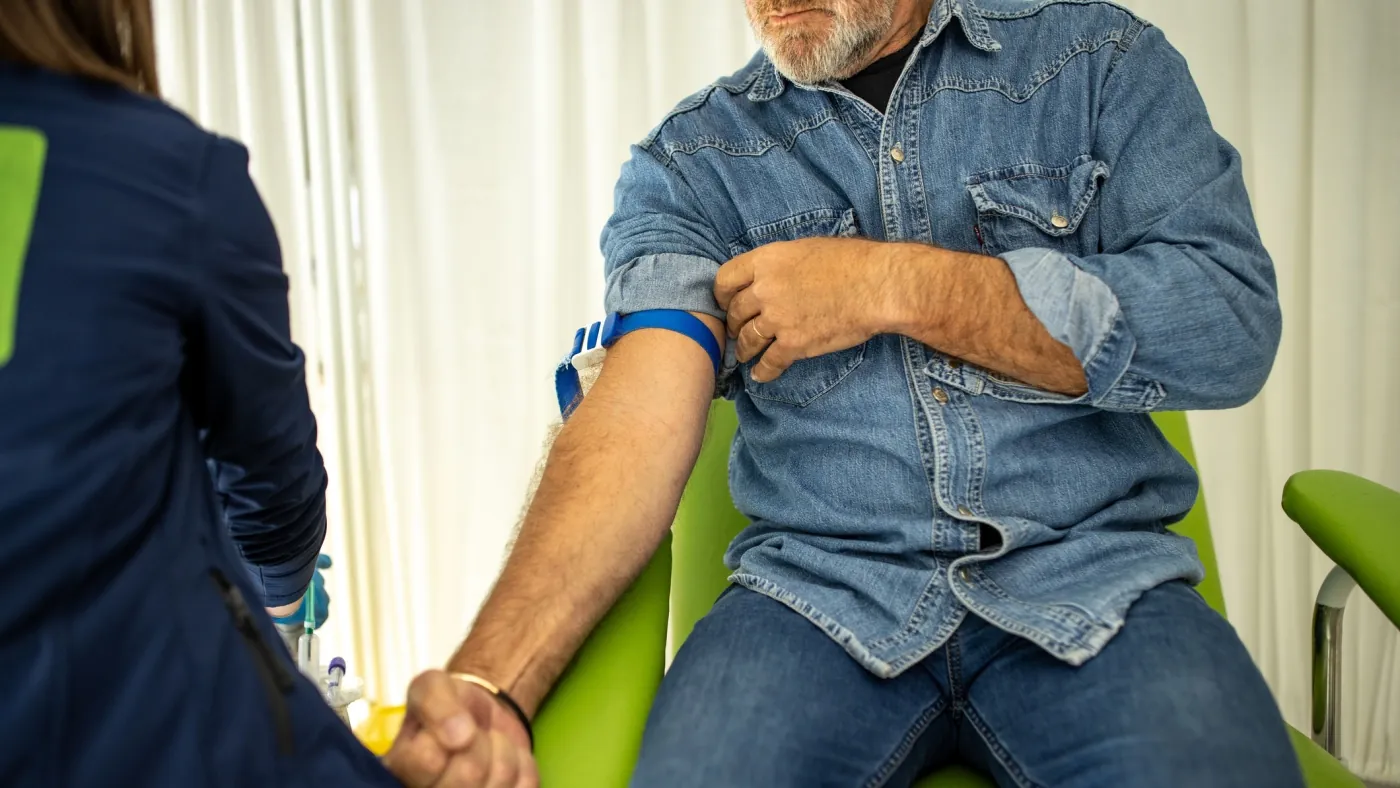Experts are warning of a national decline in the measles-mumps-rubella (MMR) vaccination rate among US children as cases continue to spike in the country.
A new study found uptake of the vaccine among children declined in eight in 10 US counties last year.
Without the MMR vaccine, which is 97 percent effective at stopping infections, measles is thought to be the most infectious disease in the world.
Out of the studied counties, 78 percent or 1,614 counties reported drops in MMR vaccination rates.
The last time measles was this rife in the US was in 2019, when there were 1,274 cases reported for the entire year.
As cases continue to rise in the United States, experts are warning of a nationwide drop in the measles-mumps-rubella (MMR) vaccination rate among children.
According to a recent study, eight out of ten US counties saw a decrease in children’s vaccination uptake last year. Vaccination rates nationwide decreased by 3% overall.
This indicates that only 91% of kids have received the measles vaccination, far less than the 95% required to stop the disease from spreading and killing people.
Researchers from Johns Hopkins University cautioned that measles is likely to fully resurface and spread among Americans if vaccination rates keep declining.
More than 1,000 confirmed cases and at least three fatalities—the first measles-related deaths in ten years—have been reported in the United States as of last week.
Experts say that vaccine hesitancy and false information were the main reasons why most infected people and all of the dead had not received their MMR vaccination.
Measles is believed to be the most contagious disease in the world if the MMR vaccine is not administered. The vaccine is 97 percent effective at preventing infections.
It causes ear infections, a high fever, flat red spots on the neck, torso, arms, legs, and feet, and tiny white spots inside the mouth.
According to experts, children should receive two doses of the MMR vaccine: one at ages 12 to 15 months and another at ages 4-6 years.
For babies aged 6 to 11 months, an early dose is recommended when traveling abroad. Adults should determine whether they are immune to measles as well.
Iframes are not supported by your browser.
The researchers gathered two-dose MMR vaccination data on kindergarteners (five-year-olds) in 2,066 counties across 38 states for every school year from 2017–2018 to 2023–2024.
The number of children who received vaccinations was determined by the scientists using a variety of statistical models to analyze the data that was gathered.
A total of 1,614 counties, or 78% of the counties under study, reported declines in MMR vaccination rates.
Following the COVID pandemic, the average county-level vaccination rate decreased from 93–92 percent to 91–26 percent.
Of the 33 states that were examined, only four—California, Connecticut, Maine, and New York—reported higher vaccination rates.
“This open, high resolution dataset provides a critical resource to explore and better understand the country’s vaccination landscape and its implications for the risk of measles spread,” said Lauren Gardner, head of the Center for Systems Science and Engineering at Johns Hopkins University and a senior author of the study. “…
Additionally, they pointed out that, aside from 2019, this year has seen the most cases reported in the US in a single year in more than thirty years, with the great majority of cases involving children who have not received vaccinations.
In the JAMA Network Journal, the study was released today.
Up to 90% of the non-immune individuals in close proximity to a person who has measles will also contract it.
Without vaccination, the average measles patient could spread the disease to up to 18 other people.
By contrast, those infected with the original Covid strain typically infected only two people, though this number increased significantly with new variants.
About one in five infected individuals who are not vaccinated end up in the hospital, and one in twenty children get pneumonia.
The last time measles was this widespread in the United States was in 2019, when 1,274 cases were reported for the whole year.
The largest outbreak before that, with a peak of over 27,000 cases, occurred in 1990.
At present, the following states are impacted: Arizona, California, District of Columbia, Florida, Georgia, Idaho, Illinois, Indiana, Louisiana, Maryland, Massachusetts, Michigan, Minnesota, Missouri, New Hampshire, New Jersey, New Mexico, New York City, New York State, North Carolina, Ohio, Oklahoma, Oregon, Pennsylvania, South Carolina, South Dakota, Tennessee, Texas, Vermont, Virginia, Washington, Wisconsin, and West Virginia.
Three-quarters of these cases involve children younger than 19.
In the midst of a successful vaccination campaign, measles was declared officially eradicated in the United States in 2000.







